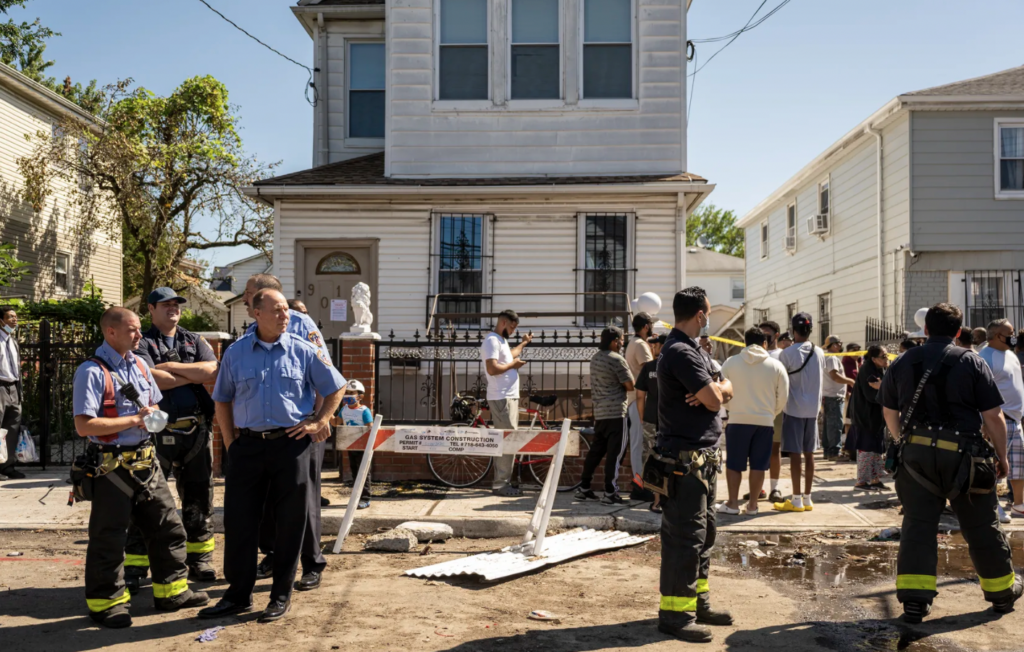The City: The unprecedented rainfall that remnants of Hurricane Ida dumped Wednesday night made New York City’s climate vulnerabilities starkly visible, less than two weeks after Tropical Storm Henri broke previous rain records.
Boulevards across boroughs could’ve been mistaken for rivers. Yankee Stadium became a lake. Waterfalls cascaded into subway stations.
The scenes were vastly different from those from the coastal flooding in 2012’s Superstorm Sandy, which prompted high-profile protection projects focused on waterfront areas vulnerable to storm surge and sea-level rise.
The recent deluges highlight how heavy rains have been largely left out of the equation, experts told THE CITY.
“We need to rainproof New York City,” said Amy Chester, managing director of Rebuild By Design, a federal effort launched by the U.S. Department of Housing and Urban Development after Sandy.
The flooding from Ida occurred because an overloaded, century-old drainage system was not built to accommodate that much water, city officials acknowledge.
“Rainfall rates were really extraordinary and far exceeded the capacity of the system,” city Department of Environmental Preservation Commissioner Vincent Sapienza said Thursday at a briefing with Mayor Bill de Blasio and Gov. Kathy Hochul in Hollis, Queens. “Anything over two inches an hour, we’re going to have trouble with.”
The National Weather Service measured more than three inches an hour at the storm’s peak. At least 13 people died — including 11 trapped in flooded basement apartments.
Environmental advocates are calling for the city to enhance how it handles stormwater by expanding green infrastructure to increase absorption and by updating the system of sewers and pipes. Federal funds could help, but even with resources available it would take years to expand the city’s drainage capacity to handle massive weather events such as Ida.
“We’ve done a good job of thinking a lot about water coming in from the edge, but we’ve done a less good job of thinking about water coming from the sky,” said Rob Fruedenberg, vice president of the energy and environment program at the Regional Plan Association. Read more>>
